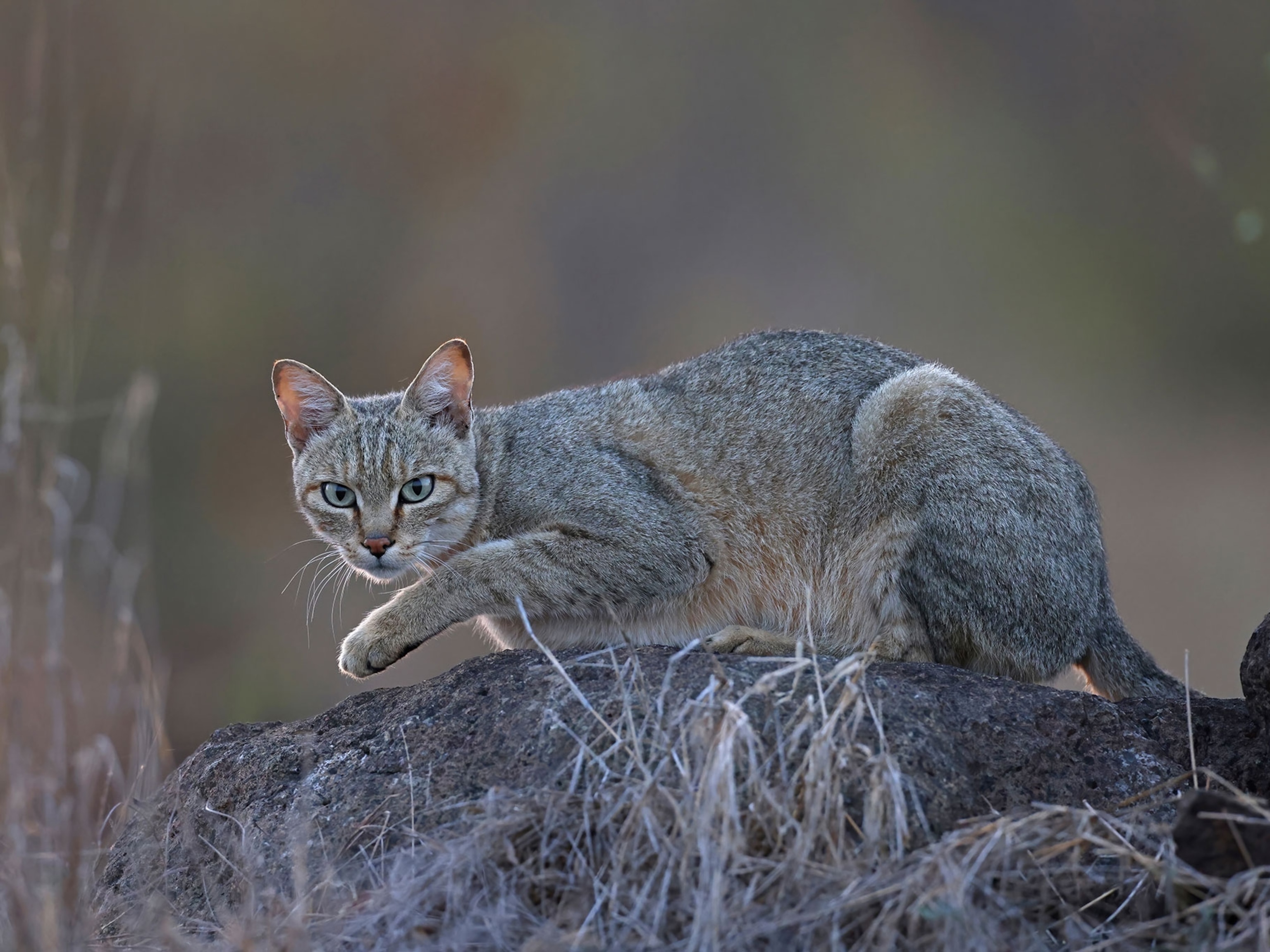
Human Sperm Gene Traced to Dawn of Animal Evolution
Gene is in all sexual animals, may be target for male birth control pill.
The gene responsible for sperm in all sexual creatures dates to the beginning of animal evolution—and may be a key to the elusive male birth control pill, a new study says.
The Boule gene, first discovered in humans in 2001, is linked to sperm production in humans and, the study says, is likely responsible for making sperm in every other sexual animal too (quick human genetics overview).
The sperm-production gene is apparently so critical to life that it hasn't changed since every animal's common evolutionary ancestor—likely just a blob of cells—arose some 600 million years ago, the researchers conclude.
The study team discovered that the gene is found in a wide range of sexually reproducing creatures, including flies and humans.
This means that Boule is found in all the evolutionary lineages that have branched off from that common ancestor, according to study leader Eugene Xu, a professor of obstetrics and gynecology at Northwestern University in Evanston, Illinois. (Read how sex can speed up evolution.)
(Related: "How a Man Produces 1,500 Sperm a Second.")
That the sperm-production gene remains the same "is surprising," Xu said, since most sex genes rapidly mutate under the pressures of evolution. "It really suggests a new perspective of how we look at humans and how sperm production evolved."
Sperm researcher Rhonda Snook agreed. The study "represents significant effort in understanding the evolution of sperm production," she said via email.
Sperm Doctor Hunts for Trout Testicles
To find out Boule's age, Xu and colleagues had to show that the sperm gene arose only once, in a common ancestor. rather than forming independently in different evolutionary lineages.
To do so, the team collected sperm from a wide sample of different animals, including humans, roosters, flies, trout, and sea anemones—especially important because of their ancient lineage.
Securing most of the sperm was a cinch, but the trout presented a sticky situation.
When Xu bought a trout from a Chicago fish seller, the man told him, "This is the best fish you could ever get—only a few hours old." Not so for Xu, who quickly realized the fish had been gutted. "I want their testicles," he told the seller.
No luck. Instead, Xu had no choice but to catch his own fully endowed rainbow trout on a family trip to a fishpond.
Back at the lab, Xu and colleagues discovered that each animal species mainly express the Boule gene in its testicles, he said.
The result is startling and, to Snook, of the U.K.'s University of Sheffield, enviable. "I couldn't help but think that the authors got 'lucky' in choosing Boule—although their rationale of choosing it was sound—and finding that it was so highly unchanged."
Until now, scientists hadn't known whether different species have different genes for making sperm. For instance, of hundreds of known sex genes, only a very small number can be found in more than one evolutionary lineage.
But since study leader Xu found Boule in different branches of the animal tree, from sea anemones to humans, he's confident that the sperm gene is widespread in every major lineage of the animal kingdom.
Sperm Gene "Ideal Target" for Male Birth Control
To finally prove Boule is a sexual animal's sole sperm-making powerhouse, the team had to disrupt the gene, according to the study, published July 15 in the journal PLoS Genetics.
When the scientists "disabled" the gene in lab mice, "boom ... everything was normal, [but] the male can't produce sperm," Xu said.
(See "Sperm Recognize 'Brothers,' Team Up for Speed.")
Turning off this sperm switch could someday help control disease-spreading pests such as mosquitoes, Xu pointed out. For instance scientists could genetically tweak males into becoming spermless.
Likewise, since Boule has only one function, using it to turn off sperm production would likely cause no adverse health effects in humans, he said.
This makes the Boule gene "an ideal target," Xu added, for the long-sought male birth control pill.




